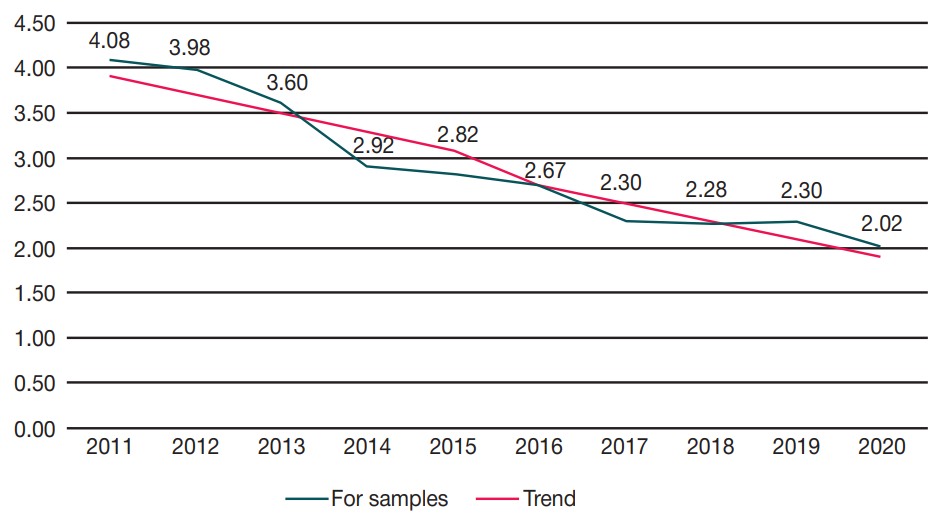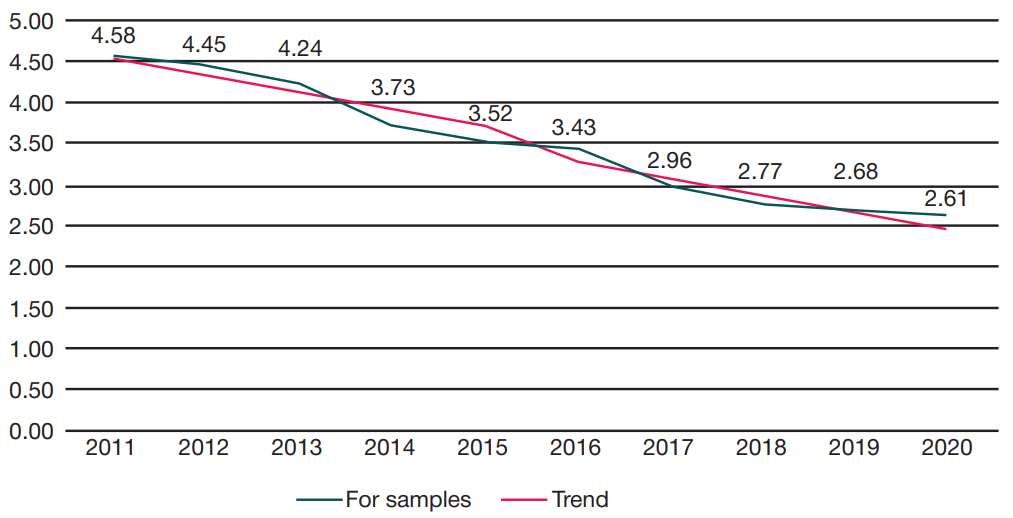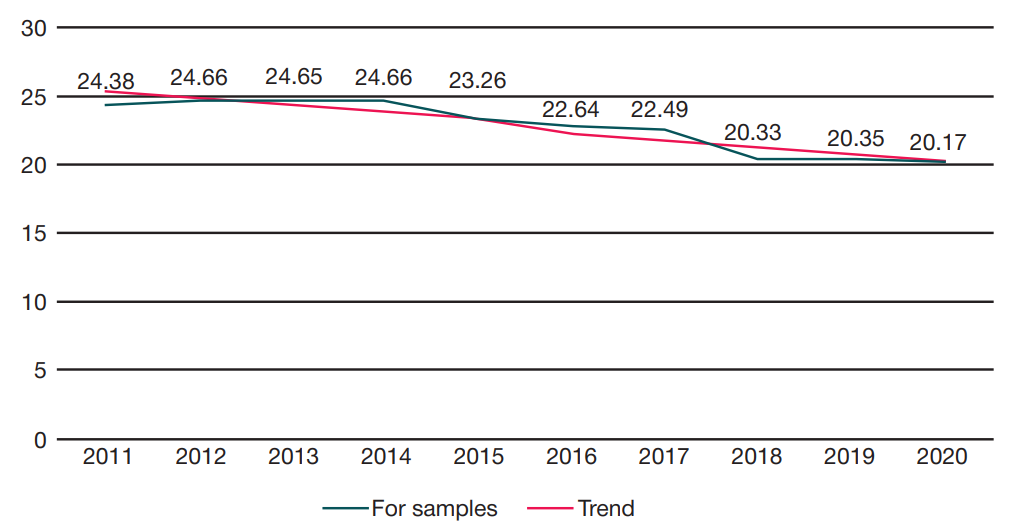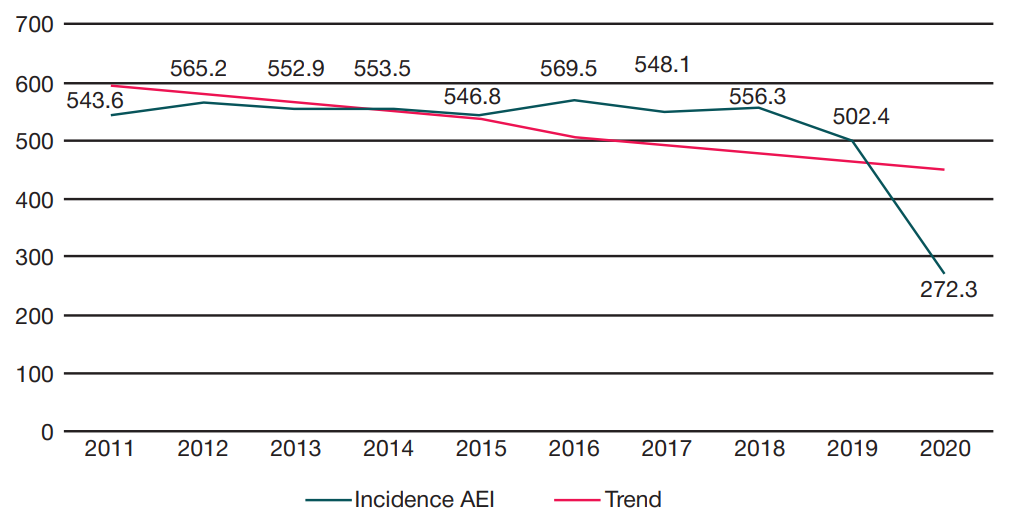
This article is an open access article distributed under the terms and conditions of the Creative Commons Attribution license (CC BY).
ORIGINAL RESEARCH
Biological contamination of water in Russian water bodies and its epidemiological significance
Pavlov Ryazan State Medical University, Ryazan, Russia
Correspondence should be addressed: Anastasia M. Evtodienko
Vysokovoltnaja ul., 9, Ryazan, 390026, Russia; ur.liam@okneidotve.piv
Author contribution: Evtodienko AM — data acquisition and processing; Evtodienko AM, Zdolnik TD — manuscript writing; Zdolnik TD — manuscript editing and approval.
Compliance with ethical standards: the informed consent was submitted by all study participants. The study was conducted in accordance with the principles of biomedical ethics.






